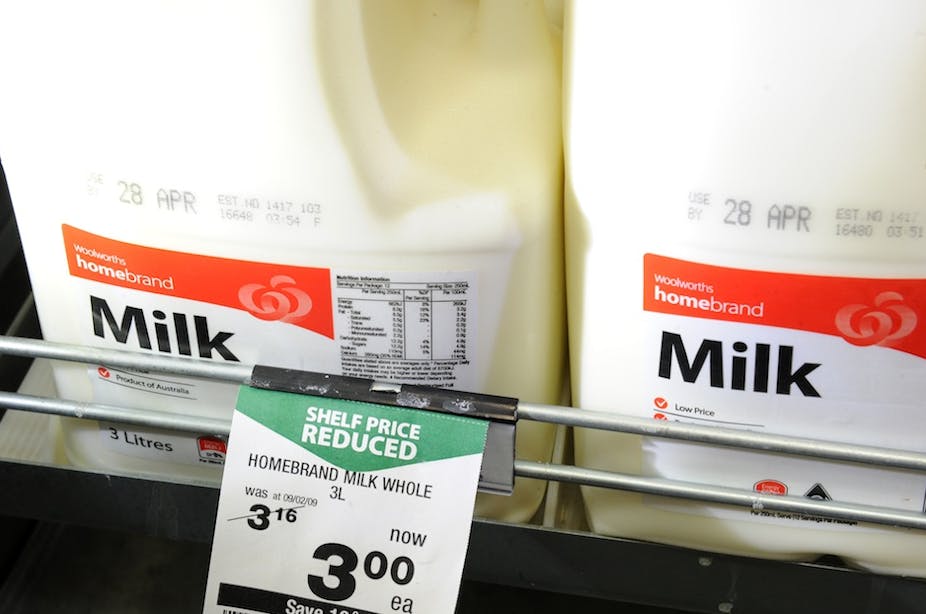International food giant Heinz has recently again complained about the behaviour of Australian supermarkets Coles and Woolworths, complaining the Australian retailers’ homebrand strategy is creating an “inhospitable environment” for suppliers by restricting consumer choice.
The increasingly widespread use of homebrand, or “private labels” in Australia illustrates the ugly relationship between such strategies, “nudge” theory and the illusion of choice.
Developed by academics such as Richard Thaler, director of the Centre for Decision Research at the University of Chicago, nudge theory works along the lines that most of us will not do what we should unless we get a gentle nudge in the right direction.
Restricting our choices via regulation or other government intervention when it comes to eating unhealthy food, but widening the choices when it comes to healthy food to make us eat more healthy food, is an example of nudge theory.
Once the majority starts eating more healthy food then the rest of us will be nudged into following as we won’t to be left behind.
When British Prime Minister David Cameron was first elected to office one of the very few academic theories that really captured his attention was nudge theory, while US President Barack Obama is also said to be a big fan.
But it is in the commercial environment where it has already had a strong foothold for many years. And in Australia the retail environment is one where it has a nice, warm place to call home.
The comments by HJ Heinz CEO William Johnson that it will be consumers who pay the ultimate price is one sign that nudge has an ugly side to it.
The HJ Heinz statement follow earlier complaints by the company and mirror similar remarks by Goodman Fielder and Lion Group about what home brands are doing to the retail market.
Home brands have risen very quickly to make up more than 25% market share in just a few years.
This has been due to a number of reasons: increasing number of consumers becoming price sensitive, consumers willing to forego quality for private consumption goods, better marketing of home brand products and the major retailers slowly restricting choice in a follow on from the Aldi strategy.
It is choice though that is the main reason why most consumers still want to go to Coles and Woolworths. Even if an Aldi store is close by, like at my local, the major chain still pulls in consumers. Why? Choice. We all want choice. Sadly choice is quickly becoming an illusion.
The big chains realise that there is more profit to be made in home brands, which to most people now look the same as the non-home brands.
A few years ago Woolworths registered thousands of names for wine labels, realising that most consumers’ knowledge of wine brands was limited, with most unable to tell the difference in taste, quality or name in a rebadged cleanskin Woolworths name, compared to a more commercial brand. They were right.
How to do this in other categories? Nudge. Start removing home brand competitors by hook or by crook, such as through loss leader strategies or aisle placement pricing, and then the consumer is nudged towards the home brand.

And so slowly but surely name brands are being cut back on size, location and range of offering on shelves. The result for suppliers is lower profits, reduced ability to introduce new products and intense competitive pressures.
For the consumer? We think we are the ones benefiting. Lower prices, lower overall spend, more in the trolley and really who can tell the difference between the home brand chocolate biscuit and the name one. But we are wrong.
Our choice is slowly being reduced to perhaps only two or three brands as there is “no demand” for more. The illusion of choice.
But it is also the reality of nudge. Welcome to the retail world of 2011 and beyond.

